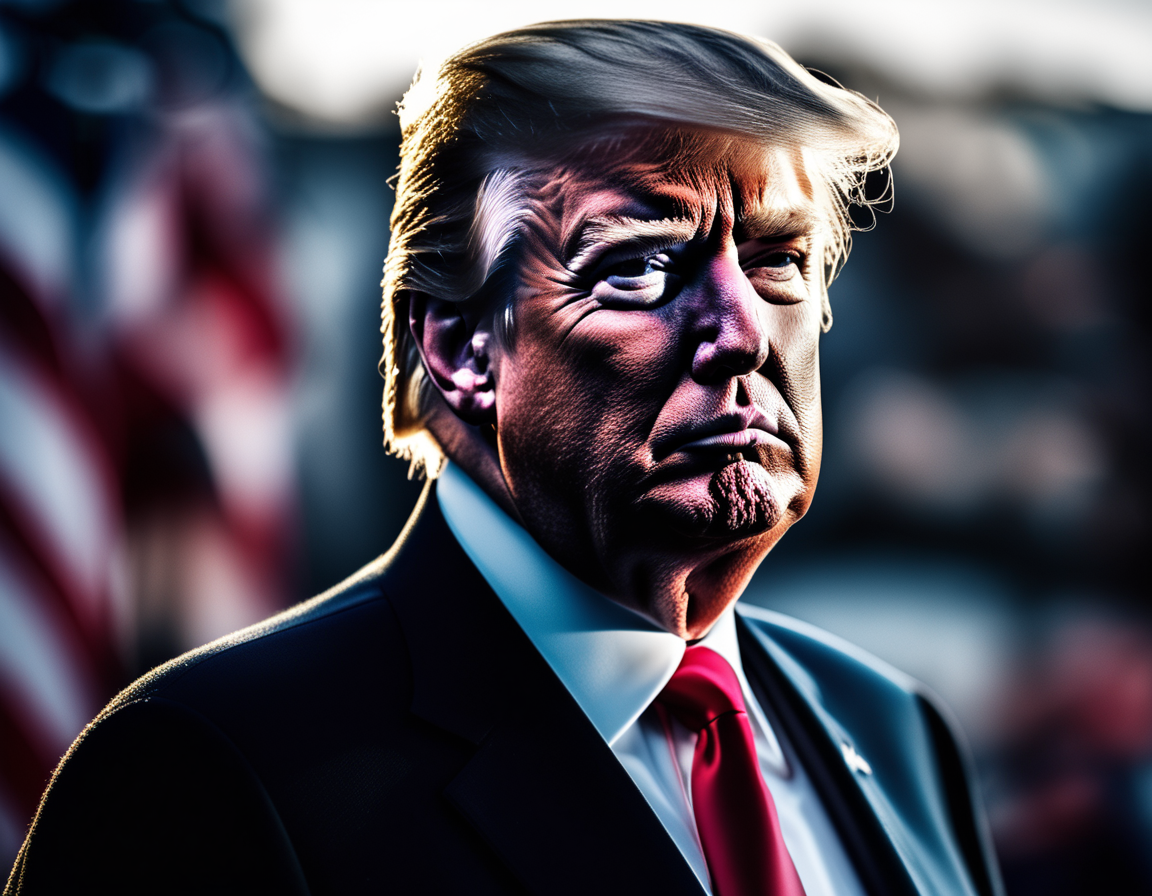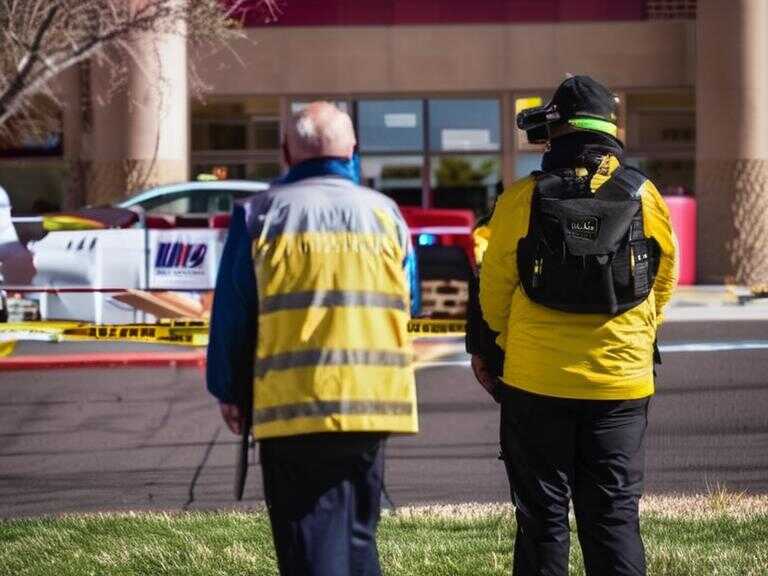
New Orleans Attack: Remote Detonator Used in Deadly Assault, President Biden Confirms
President Biden confirms lone New Orleans attacker used remote detonator for explosives, killing 15, injuring 35 on New Year's Day.

The recent attacks in New Orleans and Las Vegas, executed by Shamsud-Din Jabbar and Matthew Livelsberger, respectively, have sent shockwaves across the nation. These acts of violence, carried out by individuals with military backgrounds, have raised concerns about radicalization, extremism, and the potential for further attacks. Investigations into the motivations, connections, and implications of these incidents continue to unfold.
Overview of the Attacks
On New Year's Day, Shamsud-Din Jabbar unleashed chaos in New Orleans by ramming his vehicle into a crowd, resulting in the deaths of 15 individuals and injuring 35 others. The attack was characterized by Jabbar's use of a rental truck adorned with the ISIS flag, indicating a clear intention to invoke terror and destruction in a public space. In a simultaneous incident, Matthew Livelsberger, an active-duty U.S. Army soldier, orchestrated a deadly explosion outside the Trump International Hotel in Las Vegas, causing injuries to seven individuals. Despite the geographical distance, both attacks exhibited eerily similar patterns and raised questions about potential connections between the two perpetrators.
A troubling aspect of these incidents is the shared military background of both assailants. Jabbar and Livelsberger were stationed at Fort Bragg, now known as Fort Liberty, in North Carolina. While investigations have found no direct evidence linking the two attacks, experts have expressed concerns about the potential for prior military associations or internet connections between the two individuals. The overlap in their military history has raised the possibility of a broader network of individuals with similar extremist ideologies, further complicating the narrative surrounding these attacks.
Radicalization and Online Influence
One of the common threads that emerged from the investigations into these attacks was the potential role of radicalization and online influence in shaping the perpetrators' actions. Prior to the attack in New Orleans, Jabbar posted videos on Facebook pledging allegiance to ISIS, indicating a clear alignment with the ideology of the extremist group. Experts have underscored the significance of social media platforms as breeding grounds for radicalization, where individuals are exposed to anti-American ideologies, rhetoric, and propaganda. The ease of access to such materials, coupled with the potential for digital connectivity among individuals with similar extremist beliefs, has raised concerns about the proliferation of radical ideologies and their potential to inspire acts of violence.
Symbolism and the Call to Action
The choice of targeting public spaces during significant events, such as New Year's celebrations, adds a layer of symbolism to the attacks. Jabbar's use of a pickup truck adorned with the ISIS flag not only signifies a commitment to a specific ideological extremism but also seeks to evoke fear and chaos in the hearts of innocent civilians. Similarly, Livelsberger's choice of location for his explosion signals an intention to disrupt public life and instill a sense of vulnerability among citizens. The deliberate selection of targets during high-profile events reflects a calculated approach to maximize the psychological impact of the attacks.
Moreover, experts have emphasized the potential for these attacks to serve as catalysts for further radicalization and recruitment by extremist organizations. The execution of such brazen acts of violence can be perceived as a demonstration of strength and resolve by terrorist groups, potentially attracting vulnerable individuals seeking purpose or belonging. The ability of these incidents to resonate within certain extremist circles underscores the need for vigilance and proactive measures to counter the allure of violence and fanaticism.
Individual vs. Collective Action
While initial investigations led authorities to explore the possibility of accomplices in the attacks, subsequent disclosures have pointed to the likelihood of solo actors in both instances. The FBI's conclusion that Jabbar acted alone in the New Orleans attack has led to a re-evaluation of the threat landscape, with experts cautioning against dismissing the potential for active terrorist cells operating within the country. The shifting narrative from collective to individual action raises questions about the adaptive nature of extremist groups in the face of heightened scrutiny from law enforcement.
Experts have underscored the importance of understanding the evolving dynamics of radicalization and terrorism in the digital age. The ability of individuals to internalize extremist ideologies and meticulously plan and execute acts of violence without the need for formal affiliations presents a formidable challenge for security agencies. The decentralized nature of modern-day extremism necessitates a multi-faceted approach that encompasses intelligence gathering, community engagement, and countering extremist narratives.
Potential Implications on National Security
The intertwining of military backgrounds, radicalization, and acts of violence raises pertinent questions about the implications for national security. The potential for individuals with military training to be drawn into extremist ideologies poses a dual challenge—one that involves safeguarding national interests while addressing the complexities of domestically absorbed extremism. The convergence of these elements has far-reaching repercussions, necessitating a holistic response that transcends traditional security paradigms.
Effective strategies to mitigate the risk of radicalization within military communities, coupled with comprehensive efforts to engage at-risk populations, are crucial components of a proactive national security posture. Additionally, fostering resilience within communities to resist the lure of extremist ideologies requires collaborative partnerships between law enforcement, civil society, and educational institutions.
Community Resilience and Prevention
Building community resilience against the pervasive influence of extremist ideologies requires a concerted effort on multiple fronts. Educational initiatives aimed at promoting critical thinking, media literacy, and tolerance can empower individuals to critically assess radical narratives and cultivate a sense of belonging within diverse communities. Strengthening social cohesion and fostering constructive dialogues among different cultural, religious, and ethnic groups can also serve as a bulwark against the insidious spread of extremism.
Engaging technology companies in the fight against online radicalization is another pivotal aspect of community resilience. Collaborative efforts to identify and mitigate the dissemination of extremist content on social media platforms can help curtail the reach of radical ideologies and disrupt pathways to recruitment. Moreover, leveraging technology for preventive measures—such as online education, awareness campaigns, and reporting mechanisms—can empower individuals to play an active role in countering extremism within their digital spheres.
The Road Ahead: A Collective Responsibility
The recent attacks in New Orleans and Las Vegas serve as stark reminders of the persistent threat posed by extremism and radicalization. As investigators delve deeper into the motives and connections of the perpetrators, it is incumbent upon society as a whole to remain vigilant and proactive in countering the allure of violence and fanaticism. Addressing the root causes of radicalization, fostering community resilience, and promoting inclusive dialogue are essential components of a comprehensive approach to thwarting the narrative of division and hate.
Moreover, the importance of collaborative endeavors among governments, civil society, and the private sector cannot be overstated. A united front against the forces of extremism and radicalization is crucial in safeguarding the values of tolerance, diversity, and peaceful coexistence. By fostering a culture of understanding, empathy, and respect, society can collectively strive to build a more resilient and inclusive future, one that stands safeguarded against the corrosive influence of extremism in all its forms.
Share news















